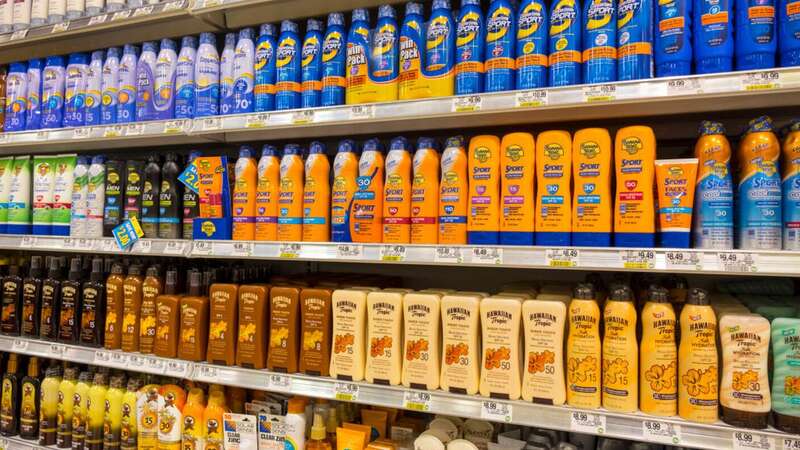
With the UK's latest 'heatwave' in full force, many Brits will be heading outside to soak up the sun after weeks of cooler weather. However, as pleasant as bright blue skies and high temperatures can be, it does not come without its health risks.
Sunburn, sun stroke, dehydration are among some of the risks. And while staying in the shade and drinking lots of water can help, one of the other best protections against the sun is sunscreen - formerly known as Sun Protection Factor (SPF).
Wearing SPF is important to protect your skin against the sun's harmful UV rays. Exposure to UV rays without adequate sun protection may result in sunburn, heat rash, premature aging, hyperpigmentation.
In some instances, it can increase the risk of developing skin cancer. People with a history of sunburn or overexposure to the sun in childhood also have a greater risk of developing both basal cell carcinoma and squamous cell carcinoma.
As well as wearing SPF, making sure you are wearing the right kind of SPF is also just as important. Checking how well a bottle of SPF can protect you is vital before buying.
 Beast from the East is coming back as Britain set to be blasted by snow
Beast from the East is coming back as Britain set to be blasted by snow
The best way to usually do this is to check what the SPF. And, to look at the back of the bottle for crucial information - including a certain symbol.
You should always be on the lookout for the circular symbol that says UVA - and preferably one that also says UVB - on it. Inside the circle there should be little stars and how many stars will tell you how high the level of protection is.
The sunscreens are rated from one to five stars based on the level of protection they offer, with five being the highest. The UVA star rating indicates how much UVA radiation is blocked by the sunscreen in relation to UVB rays.
SPF explained:
SPF stands for the degree of protection offered by a sunscreen against harmful rays that cause sunburn. It specifically measures the effectiveness of the product in minimizing the burning impact of the sun on your skin.
For example, if you typically start to burn after 10 minutes in the sun, using an SPF30 sunscreen will extend your protection by 30 times that duration. Which? has listed the best sun creams to buy for 2024.
UVA explained:
UVA rays have the ability to reach deep into the dermis, a layer of skin located deeper within the body. These rays are constantly present throughout daylight hours, and despite not being immediately visible, their impact is significant - they can penetrate through clouds and even glass.
UVA rays are known to penetrate the skin more profoundly than UVB rays, leading to long-lasting damage such as various forms of skin cancer. They can also contribute significantly to the aging process by causing wrinkles, sun spots, and a leathery appearance of the skin.
UVB explained:
UVB rays are mainly absorbed in the epidermis and upper dermis layers of the skin. These rays are responsible for sunburn and skin reddening.
Although they don't penetrate as deeply as UVA rays, they are equally harmful. UVB rays contribute significantly to the development of skin cancers, including melanoma, and also accelerate skin aging.
What else you need to know:
The majority of sunscreens in the UK display a UVA label on their packaging, which can include the star symbol, or a 'PA value' (number of +) or a 'broad spectrum' label. However, not all sunscreens have this feature. This is because it is an independent retailer initiative.
 Beast from the East 2 fears as UK hit with snow and temperature falls to -10C
Beast from the East 2 fears as UK hit with snow and temperature falls to -10C
Skincare brand Soltan developed the rating system in 1992. It was Europe’s first measurement system for UVA protection.
It is important to note that the perceived level of protection provided by a product can be deceiving. For instance, a sunscreen with a low SPF may feature multiple stars suggesting a high level of UVA protection. But, this is not necessarily accurate as the ratio between UVA and UVB protection remains nearly identical.
Read more similar news:
Comments:
comments powered by Disqus

































